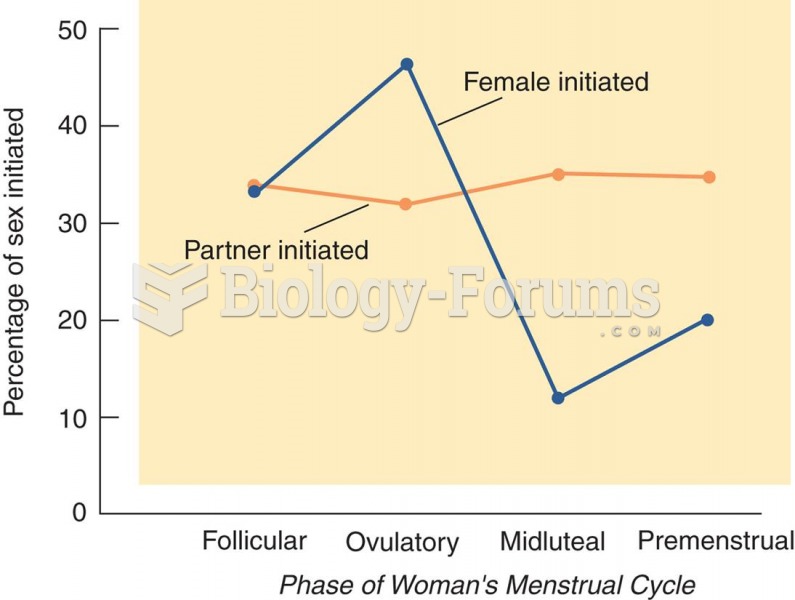Answer to Question 1
An ideal response will:
1, Outline what constitutes sexual harassment. Having to give sexual favors in order to get a job or a promotion is clearly sexual harassment. The law also prohibits fostering an intimidating, hostile, or offensive working environment.
2, Explain how the actions involved in sexual harassment amount to treating someone differently on the basis of sex, and that is a form of discrimination.
3, Describe what a victim must demonstrate to prove sexual harassment, which is that a work environment is hostile or abusive. The worker does not need to demonstrate psychological harm or an inability to perform his or her job.
4, Outline the employers' responsibilities in preventing sexual harassment. For starters, companies must be aware of the work environment created by management, as the company may be liable for what harassers have done. Companies can try to protect themselves by communicating clear prohibitions on sexual harassment and by providing the necessary training to prevent harassment and the necessary infrastructure to protect potential victims.
5, Evaluate whether existing protections are sufficient, need to be ramped up, or need to be ramped down. Those who think that the current law is sufficient may note that policies do not make it too difficult for victims to confront sexual harassment. Those who think that the current law does not go far enough may point to the fact that 20 percent of women report that they have experienced sexual harassment at work. Those who think the law goes too far may indicate that there are not enough safeguards in place to protect businesses from false charges of sexual harassment, or they may argue that the inappropriate actions of a single person should not be a liability for the company as a whole. Students may also argue that the laws are fine, but culture or education needs to change.
Answer to Question 2
An ideal response will:
1, Define the strict scrutiny standard as a standard of review used by the Supreme Court that assumes that a classification is unconstitutional unless it can be shown that its use is compelling and necessary.
2, Identify race classifications as those that give rise to the strict scrutiny standard.
3, Define the intermediate standard as a standard of review used by the Supreme Court that does not assume unconstitutionality but does require proof that the use of the classification is substantially related to an important objective.
4, Identify gender classifications as those that would be evaluated by the Court using an intermediate standard.
5, Provide two examples of classifications that would receive strict scrutiny, such as laws against interracial marriage and racial affirmative action programs.
6, Provide two examples of classifications that would be evaluated using an intermediate standard, such as laws permitting men and women to marry at different ages and a male-only admission policy at a state-supported military school.
7, Indicate agreement or disagreement with this tiered approach. Answers will vary, but some may argue that all forms of discrimination are equally troubling and should all be treated the same. Others may argue that some sorts of discrimination may be reasonable under some circumstances, but other sorts of discrimination are seldom tolerable (giving examples). Therefore, different sorts of standards are appropriate.






